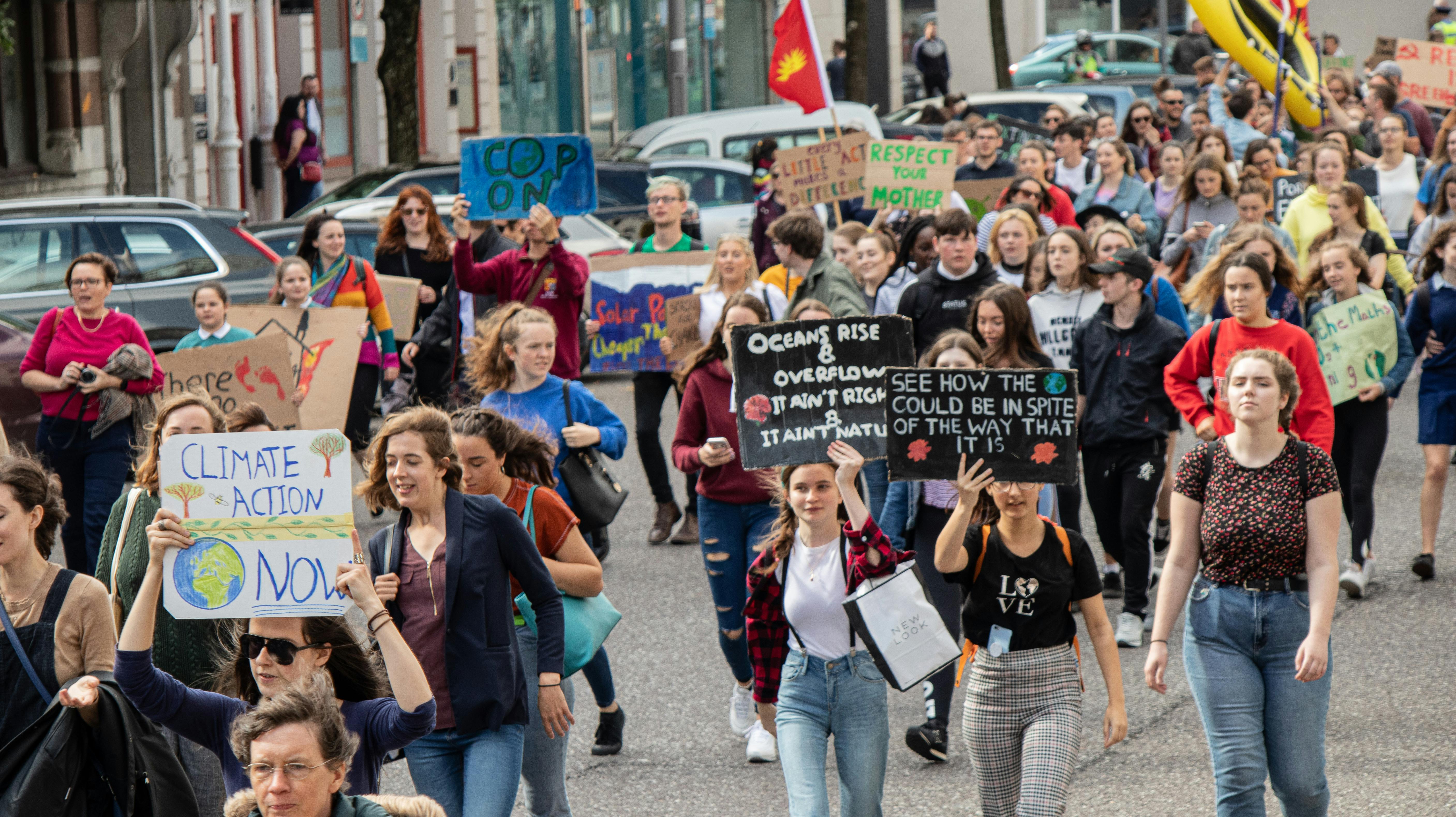Addressing climate change is accepting it's not gender-neutral

The term “global warming” connotes that we are all affected by the climate crisis, hence its “global” aspect. Though that may be true, the impacts of a warming planet are not equally distributed—not among countries, not even among residents of one.
But what is rarely highlighted is the gendered impact of climate change. By this we mean gender is directly linked to how one is impacted by the climate crisis.
In general, women and girls are disproportionately harmed by global warming. Existing gender inequalities, especially in low-income communities, compound this vulnerability, threatening women’s livelihood, health, and safety.
“If we hope to really solve the ills of climate change, we must acknowledge the fact that although it affects all of us, it hurts some of us more,” said Aimee P. Oliveros, deputy branch manager of The Climate Reality Project Philippines.
A ‘gendered’ climate vulnerability
In their 2023 report entitled “Feminist climate justice: A framework for action,” UN Women claims that by 2050, a staggering 150 million more women and girls may be pushed into poverty because of the climate crisis.
In a recent article, UN Women also highlighted how global warming is set to “leave 236 million more women and girls hungry by 2030”—that’s twice as many as men. Women and children’s deaths during a disaster have also been estimated to be 14 times higher than men’s.
Another threat multiplied by climate change is gender-based violence. For example, extreme weather events that disrupt livelihoods may cause tension in the household. This tension has been reported to increase instances of intimate partner violence, as economic instability can exacerbate power imbalances and frustrations within households.
Displacement due to climate disasters also often leads to crowded and poorly monitored evacuation centers, where incidents of sexual assault against women are more likely to happen.
Women and girls in precarious communities also face pressure to sell their bodies in order to earn money for their families, further placing them at risk of exploitation.
“What is already a very hard place for women and girls becomes much harsher as the planet heats up. This climate vulnerability is further intensified by its virtual invisibility,” she said.
This invisibility stems from a lot of intersecting factors, the foundation of which is a patriarchal society that tends to overlook the struggles of minorities like women, girls, and the LGBT community, among others. Their struggles are not often magnified because studies on climate impacts rarely consider gender-disaggregated experiences.
“When we assume that global warming means global, equal impacts, we neglect to see the unique ways in which women and girls experience and suffer the crisis, especially in high disaster-risk countries like ours,” Oliveros added.
For example, in many communities in the Philippines, disaster response plans are frequently designed with a one-size-fits-all approach.
Often, these policies don’t consider the distinct challenges faced by women in disaster settings, such as their vulnerability to gender-based violence, special reproductive needs, increased caregiving responsibilities, and limited access to emergency resources.
Giving women and girls a seat at the table
Bleak as the situation is for women, there is hope still. There have been many efforts to make climate action gender-inclusive in government and civil society.
For instance, just in time for the Philippines to renew its Nationally Determined Contribution (NDC) under the Paris Agreement, the Climate Change Commission (CCC) launched the NDC’s Gender Action Plan (GAP) in October 2024. The CCC says this signifies “the country’s deep commitment toward gender-responsive climate action.”
Established with the GAP is the Gender and Climate Change Advisory Group, which provides guidance and recommendations to integrate a gender lens in crafting climate policies.
To achieve this, outlined in the NDC GAP’s timeline is the continuous capacity-building for women and girls to boost their participation in climate-related sectors. The NDC GAP recognizes that women’s underrepresentation in many climate policymaking processes contributes to their vulnerability.
“Women’s representation in climate action is also a gap that civil society organizations like Climate Reality Philippines hope to bridge. Through climate action training and awareness-raising efforts, CSOs open the doors for women to address their unique vulnerability—all the while showcasing their limitless potential in climate governance,” she explained.
Climate Reality PH itself has many activities geared toward movement building at the grassroots level. One prime example of this is the organization’s network of local Climate Reality Leadership Corps, a community of advocates, activists, and campaigners working for a climate-resilient future.
Before Women’s Month ends, Climate Reality PH will hold a Leadership Corps training to expand this community. This one-day event is part of the Reality Tour—a year of training and campaigns building global demand for ambitious action to phase out fossil fuels and stop rising temperatures.
While the training is not exclusively for women and girls, most of its applicants identify as women. This reflects a growing recognition among women that their perspectives and leadership are crucial in the fight against climate change.
“We did not specifically seek out women to be the primary participants of this training, but we are overjoyed by their turn-out. Women and girls take the brunt of global warming—it’s about time we had a say in how we solve it,” Oliveros stressed.